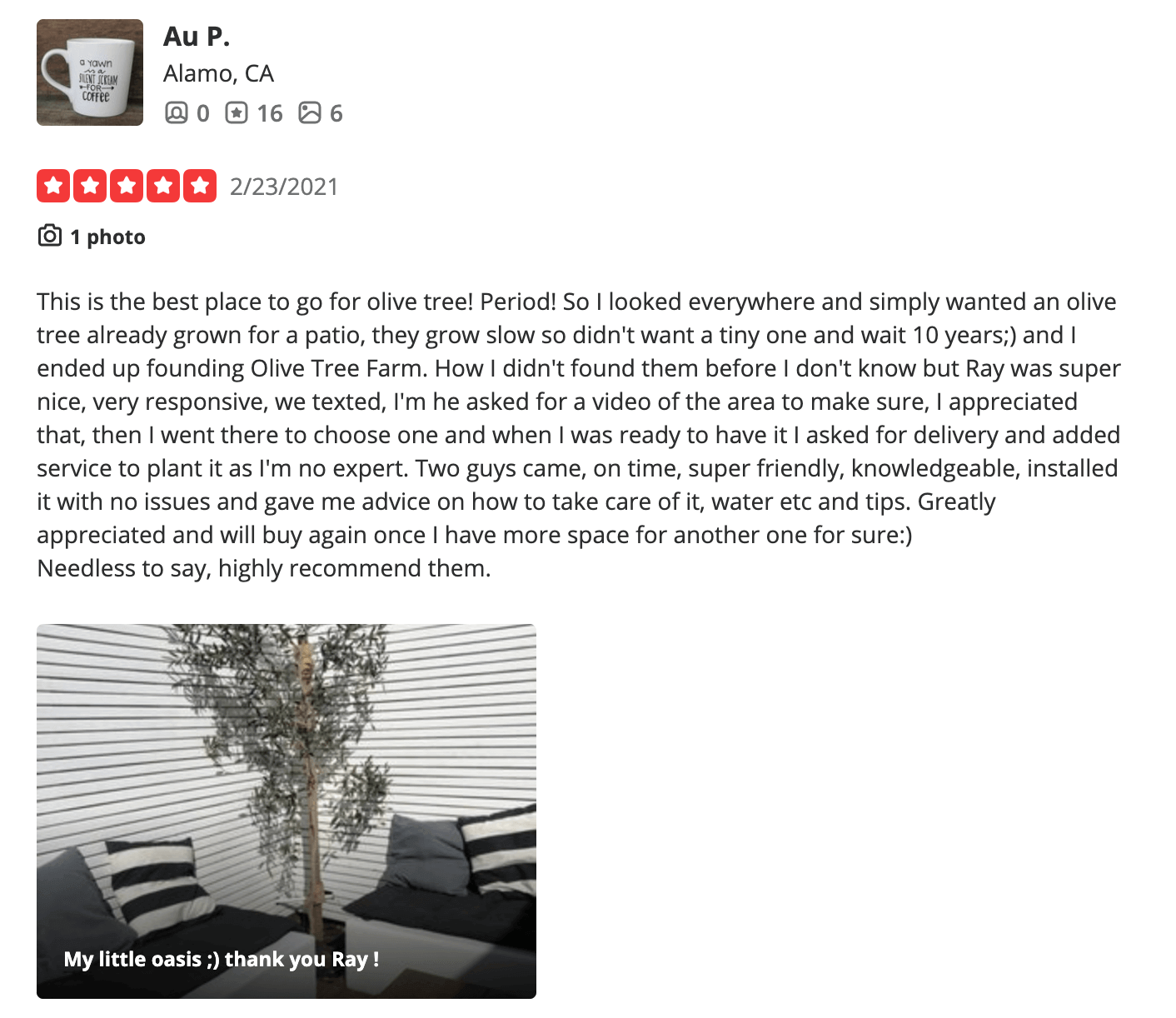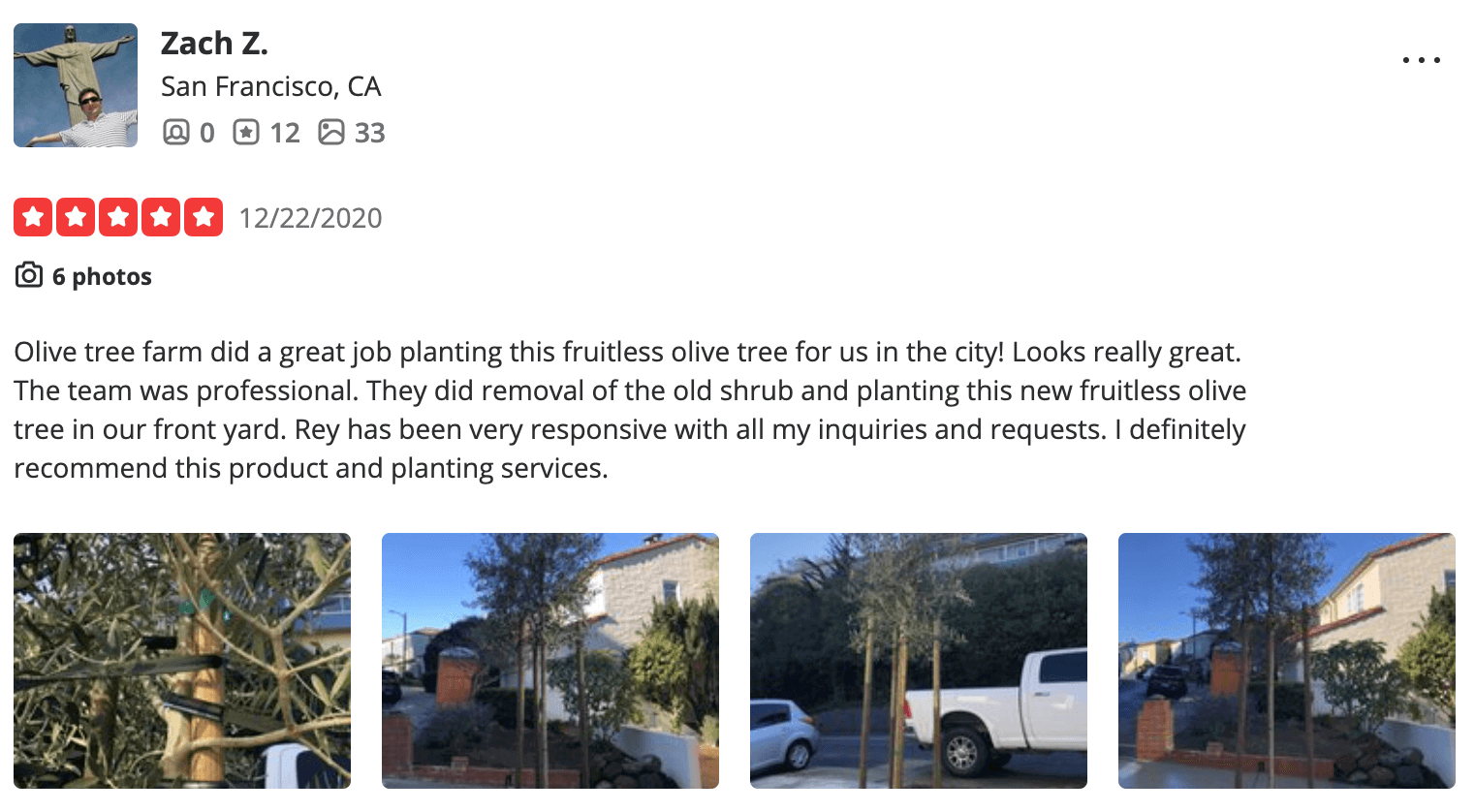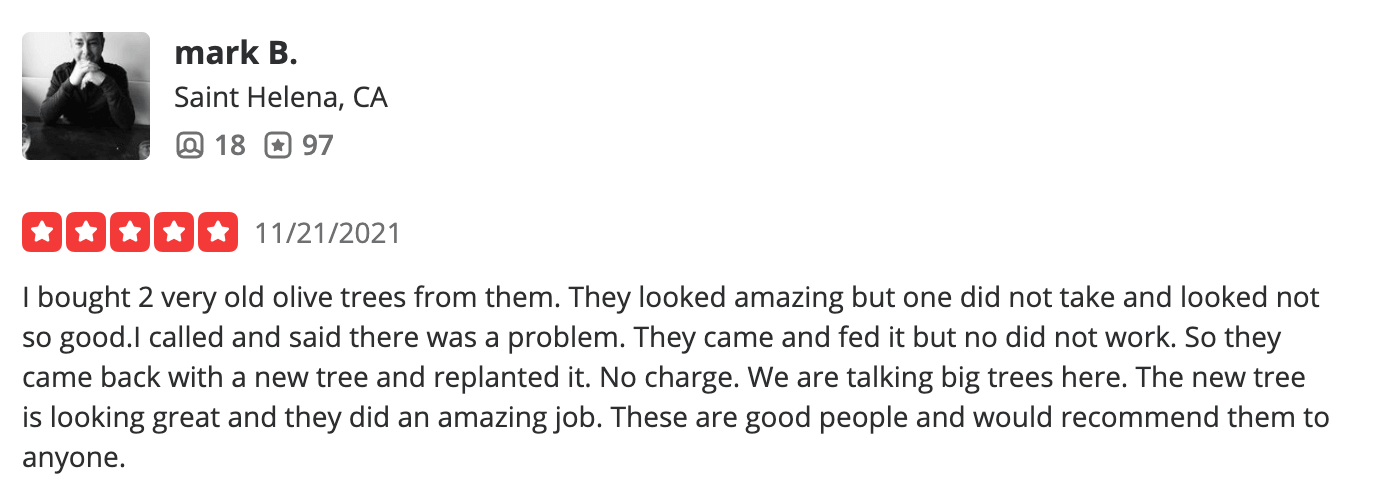Ancient Olive Trees
Ancient olive trees are appreciated for their beauty and appealing silvery-green leaves, making them popular ornamental plants. However, although these trees may continue to produce significant amounts of fruit after having existed for hundreds of years, they are increasingly sought after as status symbols and for the beauty of their twisted and gnarled trunks and branches.
When placed on either side of a driveway, doorway, or loggia, these trees instantly give a space a sense of solidity and historical significance. Both homeowners and landscape architects use these trees in garden designs to provide shade, seclusion, and noise reduction benefits—complementing many different types of design, from antique Tuscan architecture to stark contemporary minimalism and beyond.
- Fruiting and Fruitless
- Bloom (Summer or Spring)
- Slow Growth
- Color (Gray-to-Dark Green)
- Olive Oil (Varies)
- Landscape Use
- Care and Maintenance
Care and Maintenance
Ancient olive trees are exceedingly versatile and thrive in ordinary, slightly alkaline, well-drained soils. Water deeply and frequently during the first few growing seasons to help the plant build a strong root system. Once established, reduce the frequency of watering; the tree is drought-tolerant. However, protect young plants (or freshly transplanted ancient trees) from extreme winter weather.
|
Quick Facts |
|
| Origin | Mediterranean, Africa, and Asia |
| Scientific Name | Olea Europaea |
| Family | Oleaceae |
| Tree Type | Fruiting and Fruitless |
| Common Names | The Olive Tree, Ancient Olive, Olea Europaea |
| Height | (Insert) |
| Toxicity | Non Toxic |
| Light | Full Sun |
| Watering | Drought-Tolerant |
| Soil | Well-Drained-Nutrient Poor Soil |
| Hardiness | Hardy Down 20 to 30 °F |
| Foliage | Gray-to-Dark Green |
| Growth | Slow |
| Olive Oil | Depend Upon Desired Cultivar |
Don’t Take Our Word, Hear What Our Customers Say!



Interested? We’d love to hear from you!
Call us at 707-732-6152 for a free consultation!
Looking for something else? We might have it for you...
Arbequina Olive Trees
Arbosana Olive Trees
Ascolana Tenera Olive Trees
Cerignola Olive Trees
Coratina Olive Trees
Itrana Olive Trees Kalamata Olive Trees
Koroneiki Olive Trees
Leccino Olive Trees
Little Ollie Dwarf Olive Trees
Majestic Beauty Olive Trees
Manzanillo Olive Tree
Maurino Olive Tree Mission Olive Tree
Pendolino Olive Trees
Picholine Du Gard Olive Trees
Picual Olive Trees
Sevillano Olive Trees
Swan Hill Olive Trees
Wilsonii Olive Trees
Zitoun Olive Trees